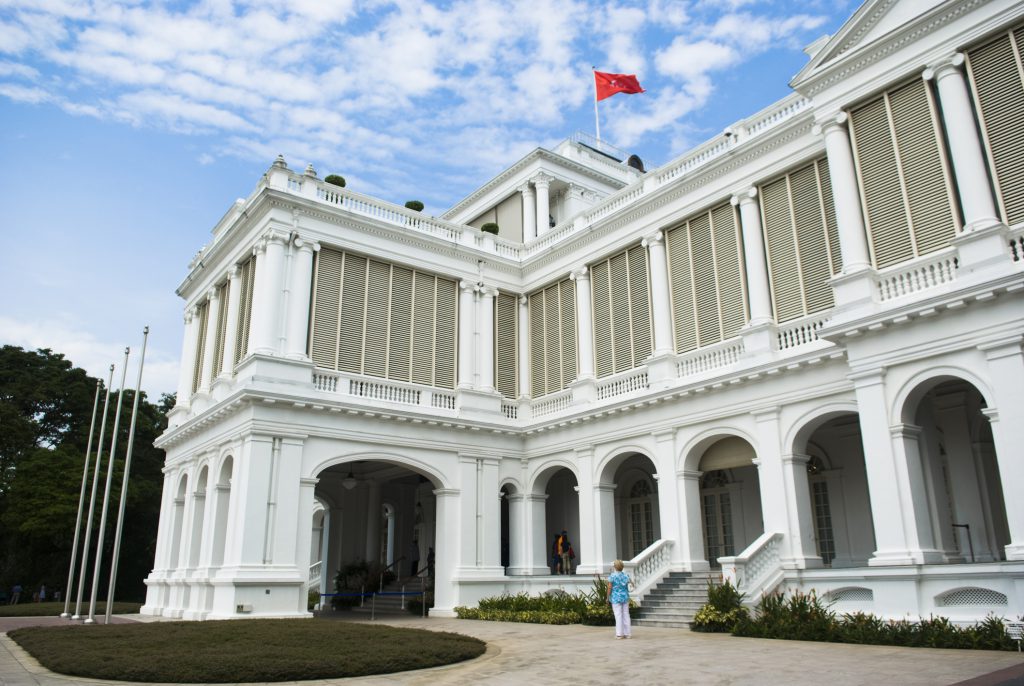Telling the stories of convicts, ordinary folk who built early Singapore
August 15, 2019

Assistant Professors John Solomon and Nurfadzilah Yahaya (NUS Department of History) were speakers at a recent panel discussion about migrant communities and their place in Singapore’s 19th and 20th century history, offering insights into the lesser-known stories and experiences of migrants in Singapore. Their discussion, alongside Malay Heritage Centre curatorial researcher Dr Ho Chi Tim (formerly from NUS Department of History) was reported in The Straits Times as part of the Singapore History Series – Seven Centuries in Six Episodes.
Referencing the influx of Indian convicts to Singapore from 1825 onwards to plug Singapore’s labour shortage, Asst Prof Solomon said that their experiences were not easy; their material contributions – such as helping build monuments like St Andrew’s Cathedral and the Istana, and infrastructure like North and South Bridge roads – came at a cost. These convicts often expected to never speak to their loved ones again. Furthermore, Singapore had a high convict death rate in the mid-19th century owing to depression and homesickness as reported by colonial administrators, although Asst Prof Solomon suspects poor conditions played a part as well. Eventually, the use of convicts for cheap and unfree labour was dismantled as European settlers in Singapore saw them as unsightly and potential security threats.
Meanwhile, Asst Prof Yahaya presented on the sepoys – Indian soldiers who were serving under British or European orders – in Singapore. She spoke on her upcoming paper, which delves deeper into the Sepoy Mutiny of 1915 and its causes – one of which was the sepoys’ defiance of orders to fight fellow Muslims, the Ottomans, in World War I. Her study will also show that the sepoys perceived their roles as restrictive.
Importantly, the discussion fleshed out several points regarding the under-representation of certain groups in Singapore’s history and how Singapore is changing the way it is looking at its history. Asst Prof Yahaya pointed out that historians tend to study people on the move and overlook those who were in Singapore before the British arrival in 1819. In a similar vein, Asst Prof Solomon noted that it is important to remember that historical change is also driven by the lives of ordinary people and those at the fringes of society, among conventional factors such as technology and commerce.
Read the full article here.
